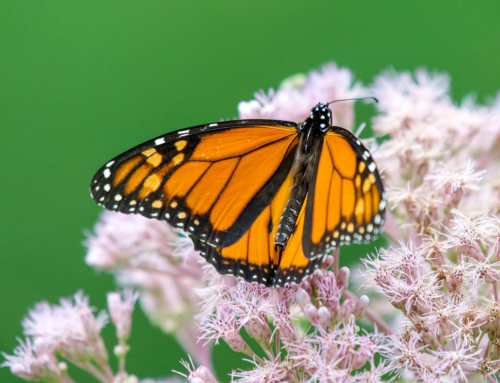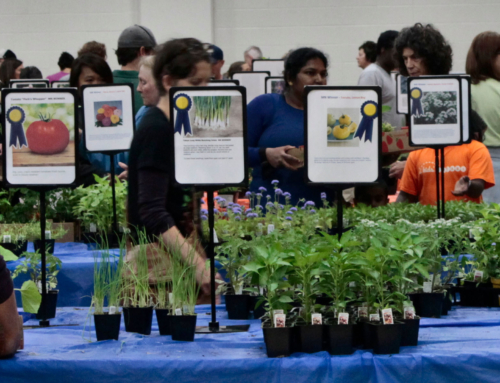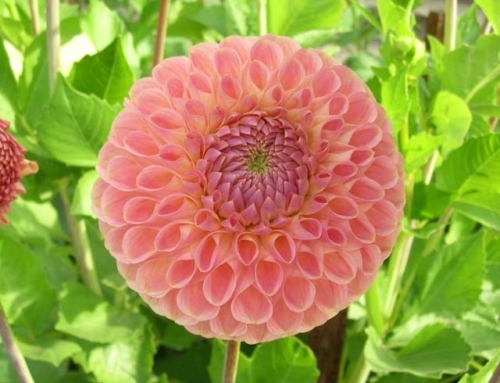By Theresa Rooney, Hennepin County Master Gardener
It is time to start planting bulbs! Yes, now in September. Flowers like Tulips, Daffodils, Crocus, Frittilaria, Muscari, Alliums, Squill, Puschkinia, Hyacinths, Eranthus, Camassia and Chiondoxa are planted now and bloom in the spring for us in Minnesota.
Types of Bulbs
- Spring bulbs are classified into two main groups. The first group is the Major bulbs. It includes tulips, daffodils and hyacinths. These are the first flowers people think of when considering spring bulbs. They are usually also larger bulbs and larger flowers.
- The second group is the Minor bulbs. They may be smaller flowers, although not all are, and smaller bulbs but their impact in the garden can be MAJOR!
- Most of the fall planted bulbs will be perennial for us. Some like late tulips and hyacinths will not last much more than a year or two. They will need to be replaced every year or every other year.
- Other bulbs are perennial like early blooming tulips, crocus, frittilaria and alliums. Some bulbs even naturalize, meaning they increase or spread like daffodils and squill.
Purchasing
- Purchase bulbs at any garden center or mail order. Buy firm bulbs that seem ‘heavy’ for their size. Look for bulbs that are not marked with cuts or other damage like fungus. It is ok if the tulips have lost some of their brown skins.
Planting
- Plant the bulbs as soon as you can. Daffodils do better when planted earlier, but you can plant tulips up until the ground is freezing. It is advantageous to allow the bulbs to grow some roots during the fall so they do better in the spring.
- Bulbs prefer an organic, well-drained soil. Many of the bulbs also do better if they can remain a bit drier during the summer rather than planted under annuals that need to be heavily watered. Bulbs will need full sun, but if you are planting under a deciduous tree you can plant the early blooming bulbs and they should do ok there.
- When planting bulbs you should plant them about 2-3 ‘bulbs’ deep. That means dig the holes deep enough that you could put 2 or 3 imaginary bulbs on top of the one you are planting. That means that, yes; some daffodils may be planted 12” deep and tulips 8”-10” deep. If you have sandy soil you can plant a bit deeper (3 bulbs) if you have a heavier clay soil plant a bit more shallow (2 bulbs).
- Once planted, water well. You may need to water a few more times if we don’t get rain.
- Plant the bulbs in groups of 3, 5, 7, 9, 11 or more flowers.
- The minor bulbs look great in mass plantings.
- Plant the bulbs in groups rather than straight lines for a more natural look.
- You can plant bunches of bulbs between your perennials. They will flower in those empty spots and the perennials will then cover some of the dying foliage as they fill in.
- You can also layer bulbs for a small garden area with a big flowering impact. To do this dig the hole deep enough for the biggest bulbs, plant them add a layer of soil, plant the next sized bulbs and continue. In one large hole you could layer, daffodils, tulips, frittilaria, crocus and muscari.
Critter Control
Critters love many of the bulbs. Squirrels like to dig them up. Rabbits, squirrels and deer will eat them. Voles will munch on the bulbs over winter. Here are some tips for dealing with pests.
- Once you plant the bulbs cover the soil with a heavy layer of mulch, a screen, chicken wire, a board or pot to prevent squirrels from digging.
- If you have a vole problem, you can dip each bulb in a repellant that uses smell to repel (garlic or rotten eggs are a common ingredient). Let the bulbs dry and then plant.
- You can wrap the bulbs in steel wool or create a basket of hardware cloth around the bulbs to deter voles. In fall you may wish to put up your fencing to protect the bulbs in the spring. The flowers often are up before you think about it and the rabbits and deer may get the flowers/leaves. Repellents will work in the spring, use as directed and reapply to fresh growth or after a rain.
- Daffodils and alliums are poisonous or taste bad to animals. Many bulbs that are not attractive for animals to eat will have an indicator such as a picture of a deer crossed out on the package to signify that critters usually avoid them.
Taking Care of Your Plants
- Mark your plantings so that you do not dig into the bulbs in the summer when adding to your garden. I often plant a few muscari or grape hyacinths over each bulb planting. They send up leaves in the spring and again in the fall. The fall leaves remind me where I have bulbs planted.
- After the bulbs flower in the spring, cut off the spent blooms so they do not produce seeds. Let the foliage die down naturally because it is gathering energy for next year’s flowers. It needs its leaves to do that.
Every year I look forward to those first flowers, peeking up above the dark, cool soil, sometimes pushing through the snow. I am always surprised at how many return, and how happy they make me. Coming home after work and seeing my yard filled with small flowers in early spring sure is a wonderful sight to my eyes and my heart.




